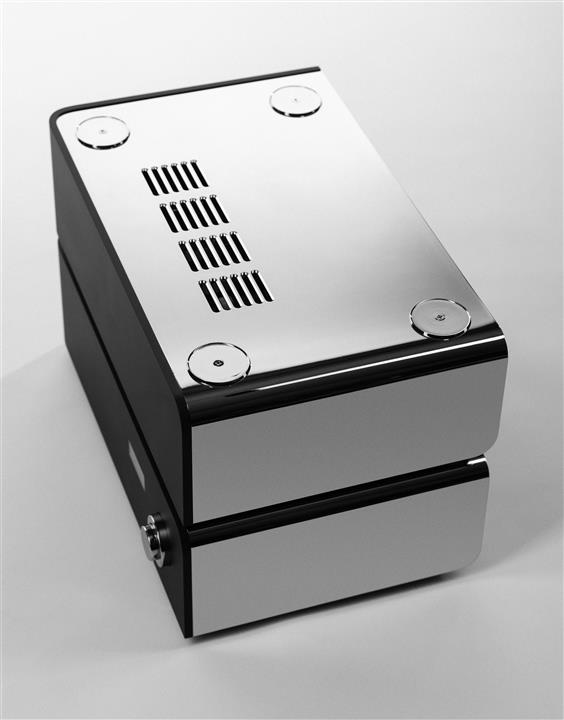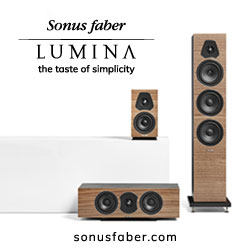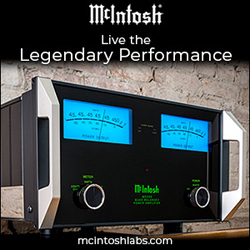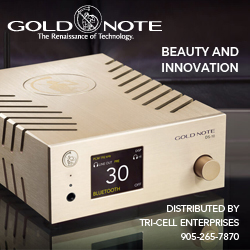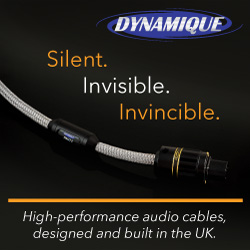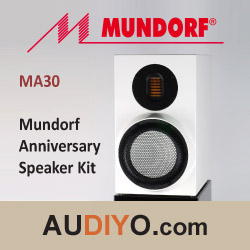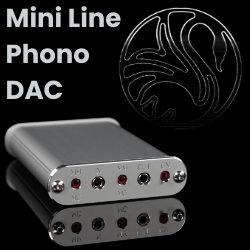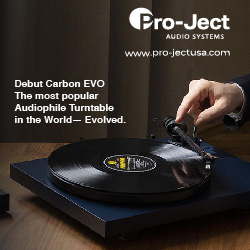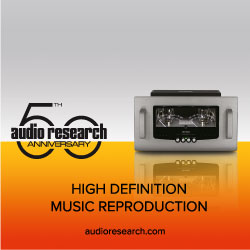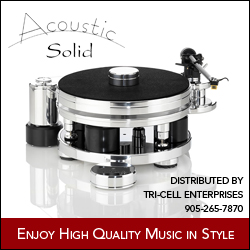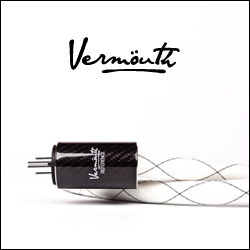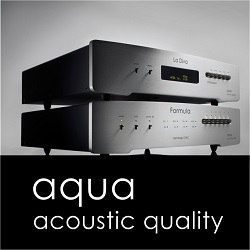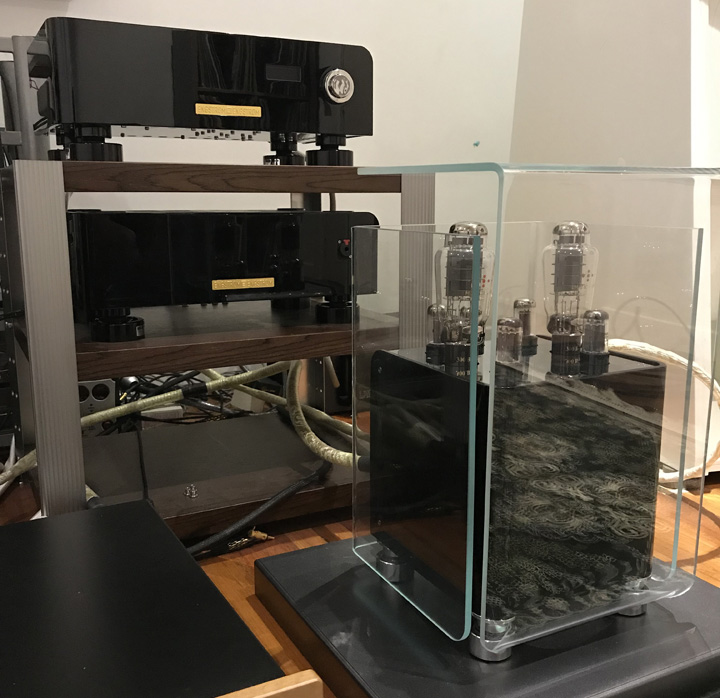
Performance
The big question was, how would one know what the amplifiers are actually contributing in isolation? This brings me to 3 different situations: 1): When I first received the Monica / Lars 2 combo; 2): The leave of absence of the Lars 2; and 3): Complete leave of absence of the combo. During my tests, I played all the music from LPs through my Kronos Sparta turntable, equipped with the Thales Simplicity II tonearm and Topwing Blue Dragon MC cartridge.
Upon its arrival into the heart of my system, I was absolutely gobsmacked. Tube amplifiers have been stereotyped by words like “bloom”, “laid back”, “slow” and “lack of attack”. One’s bloom maybe one’s fullness. One’s laid back maybe one’s easiness. You know what I mean.
From the word go, the Engström Monica / Lars 2 combo was able to communicate a larger and deeper tonal balance throughout the ranges. The integration between the octaves was melodious. The imaging was holographic. Instruments were cocooned in their own nest. Having said this, their roles in the band or orchestra had specific presences. I love the stage placements of the instruments. In Jazz compositions, the artists were distinctly placed on a horizontal plane. With classical pieces, the orchestral seating layouts and depth were well defined. The instruments were also layered vertically as some instrument sections were seated slightly higher than others.
The legendary Dave Brubeck Quartet is a household name to most music lovers. Take 5, from the album Time Out was the first Jazz music piece to sell over a million copies. Paul Desmond was brave to take things out of the box and use the odd time signature groove in 5/4. The music was simply broken down into an intro, verse/chorus/verse section, separated by a solo alto saxophone and drum section, ending with a coda.
In the intro, the Monica / Lars 2 combo depicts the soft snares and prominent ride cymbals, which was common in this genre of jazz. This suggests that Joe Morello used a traditional grip (underhand grip for the left and overhand grip for the right). A mellow piano transitioned in detached chords sitting to the right of the soundstage. The double bass came in the end of the intro and transitioned well into the first verse. The effective fade of the gradual layering of the instruments was phenomenal.
The spiky definition of the cymbals from the drums on the left and the well captured balanced high and low strings of the grand piano on the right, aided to the mellow jazz piano tone. The breathy character of the alto saxophone and the plucky transients of the double bass strings were well defined. The sounds of the end-pin from the double bass on the wooden floors of the studio could also be heard
The alto saxophone and drum solos were engaging and dynamic. The saxophone had a smoky timbre to it and the drum slowly built up the mood and was dramatically varied. The drum was panned hard left.
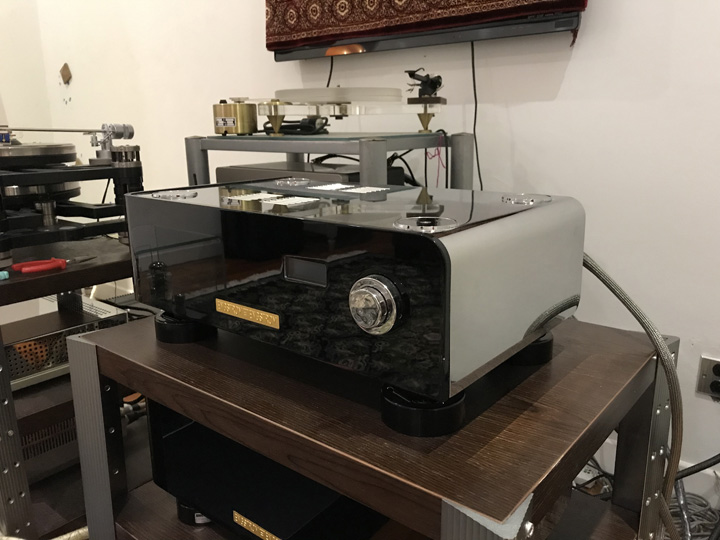
A classical piece that is easily identified by most listeners is the Hungarian Rhapsody No 2 by Frank Liszt. I listened to the one conducted by Leopold Stokowski. This piece starts off with the dark melancholic Lassan with playful and mercurial moments. This short dramatic introduction had a deep and powerful bass placed to the right. The dynamics and PRAT were just right on this track. With the ensuing Friska section (faster), the Monica / Lars 2 combo was no slouch. It presented the alternating speeds, sonics and dominant harmonies with attack and coherence. Musically, the whole piece was brought to an end with increasing and decreasing crescendos of prestissimo octaves.
Then came Daft Punk’s award winning Random Access Memories. Electronica is a very complex combination or mix of sound made by electronic “instruments”. You may not even call them musical instruments but I guess if they make music, then they are. Wiki defines Electronica as an umbrella term used to describe the rise of electronic music styles intended not just for dancing but also concentrated listening. And the last 2 words are why I had it in my playlist. If sounds were not coming from instruments, let alone being familiar with them, then this should be a good test for a musical instrument like the Monica / Lars 2 combo. Damn did it sound fantastic. The overall sonic mix was definitely exotic. The cultural literacy and sonic colonialism was mixed well to produce ecstasy. The insistence, drive and purpose of the music was impeccable. The variations of tempo were let loose to play exactly as intended. “Doin’ it right” – vocoder loop of Panda Bear’s vocals, projected a feeling of cautious expectation – the promise that this night could… might… will be perfect – while his chorus revealed an uncharacteristically raw, human side to Daft Punk’s robotics. The sonority of the vocals reproduced by this amplifier combination was unmatched by many. The emotions ran free… This was exactly what the Monica / Lars 2 combo did. It let free the emotions of the music.
Last was Metallica’s Hollier Than Thou from the self named album or better known as The Black Album. And why not huh? The dips were ultrafast in the hertz and staccatos, while the darkness of the silence and the attack were “audible” and visceral! The balance between the guitar and the drums was perfect.
In order to listen to the Monica preamp by itself, I separated the Monica / Lar 2 amp combo, and replaced the amplifier with my Crayon CFA1.2 amplifier. A week into this change, I connected the Monica to my Crayon CFA1.2 via the RCA output. This utilized the power amp section only. I was disappointed at the beginning but came to my senses after understanding what was done. I actually got some poise and control of the Crayon amplifiers. The Monica was more revealing but did not add extra refinement or depth to the music.
I sometimes took forced “holidays” from listening to the Engström components. During this period, I often got opportunities to listen to other systems of varying magnitudes in and around my part of the world (Malaysia). All these systems had very good attributes in their own rights, which I would be very happy to live with but I still end up missing the Engström. I was hooked on the Scandinavian sound.
Conclusion
The Monica is simply a gorgeous preamplifier that is ranked high up in the list of uber HiFi. The Scandinavian purity of sound produced can be described with as many adjectives in the dictionary as possible but once implanted in the mind and soul, its absence is a painful deprivation.
The Monica best suits one who is seeking poise and control of their existing amplifier but to maximize its true potential, the gains are exponential in combination with the Lars 2 or the flagship Eric monoblocks.
Review system
Kronos Sparta, Thales Simplicity II, Topwing Blue Dragon MC cartridge; Zanden 1200 mkIII phonostage, Monica V2 preamp, Lars2 monoblocs; Cessaro Brahms Speakers; Dalby Audio power cables, Skogrand Wagner, Beethoven interconnects, power and speaker cables; Telos GNR grounding; JMF Audio PCB302; Frank Powerbank x2; Frank Ground Loop EMI filter and ABL Sursum cryo MCB.
Engström
www.engstromsound.com
Engström Monica Preamplifier
Price: $48,000 US
